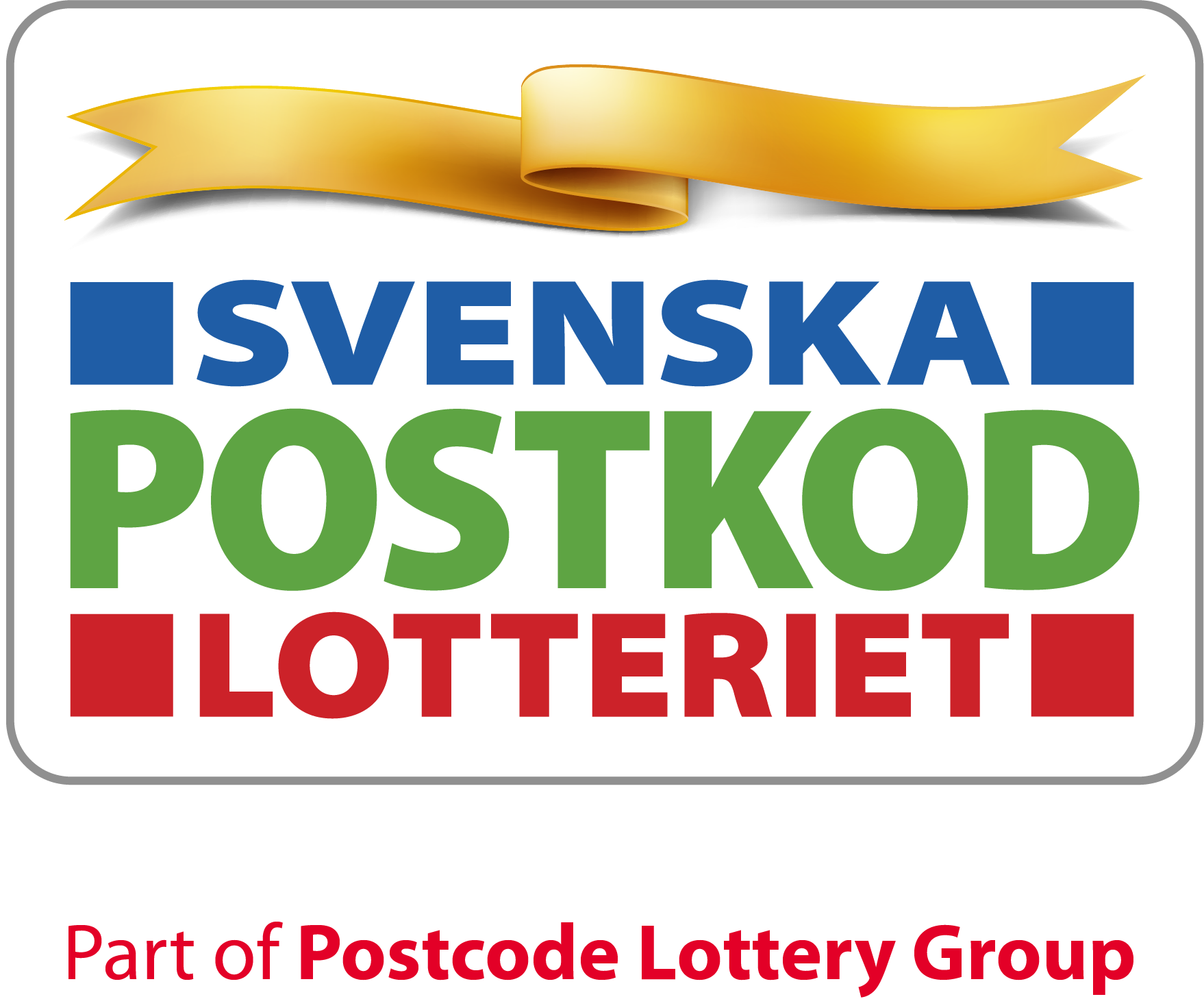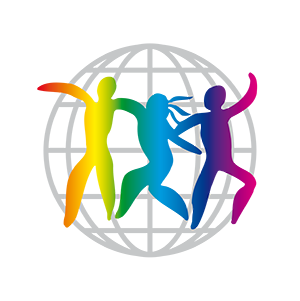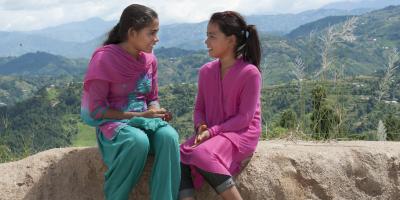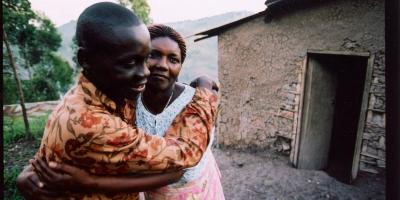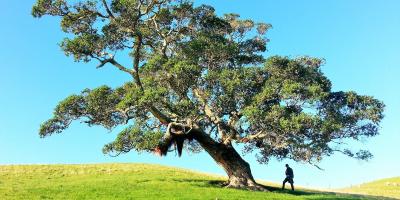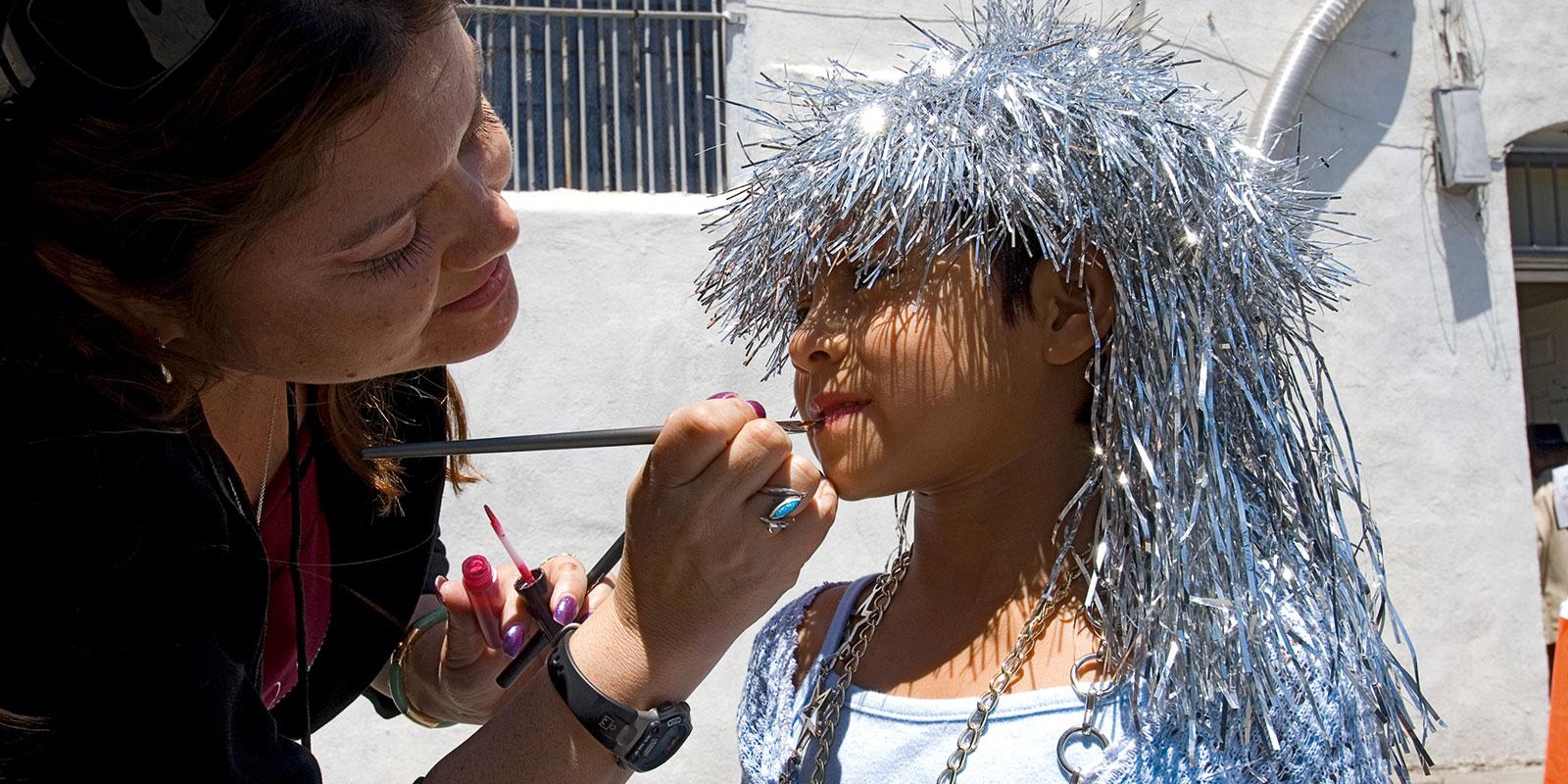
Use role play as a way of illustrating your experiences through stories.
Purpose
Role play aims to offer pupils an additional way of identifying with, illustrating and communicating a story.
Preparations
Use stories in The Globe or online. Before the exercise, your pupils need to have read about the Child Rights Heroes for example, and the children they are fighting for.
Do it like this
- Divide the participants into groups of four. They can choose between the scenarios or come up with their own.
The group chooses an important moment in the life of one of the Child Rights Heroes and acts it out. They play different roles, with one being the Child Rights Hero while the others play key individuals at that particular time. Using the Child Rights Hero’s story, they can write a scene or just improvise based on the situation they have chosen.
The group focuses on one of the children who has received support from one of the Child Rights Heroes and acts out a situation in their life. They play different roles, perhaps a parent or a teacher or the Child Rights Hero, in addition to the child. Using the child’s story, they can write a scene or just improvise based on the situation they have chosen.
Two members of the group play journalists, one is a Child Rights Hero and one is one of the children they have supported. During a simulated press conference or interview, the journalists pose questions to the Child Rights Hero and child. The group can agree on the questions and answers, or they can work in pairs and have the questions and answers be a surprise. - Once they have chosen a scenario, the groups will work on preparation. They can use the Window with views method (page 16), where all the members of the group write their own suggestions first and then compare and choose the best ones.
- Allow time for them to practice. Do they want to have props or perhaps dress up? Provide support, put forward suggestions and give encouragement if a group gets stuck.
- Let the groups act out their scenarios in front of one another, or perhaps for an invited audience.
Topics
Related documents
| Stories: Child Rights Heroes 2021 | |
| Role play |
Långgatan 13, 647 30, Mariefred, Sweden
Phone: +46-159-129 00 • info@worldschildrensprize.org
© 2020 World’s Children’s Prize Foundation. All rights reserved. WORLD'S CHILDREN'S PRIZE®, the Foundation's logo, WORLD'S CHILDREN'S PRIZE FOR THE RIGHTS OF THE CHILD®, WORLD'S CHILDREN'S PARLIAMENT®, WORLD'S CHILDREN'S OMBUDSMAN®, WORLD'S CHILDREN'S PRESS CONFERENCE® and YOU ME EQUAL RIGHTS are service marks of the Foundation.
